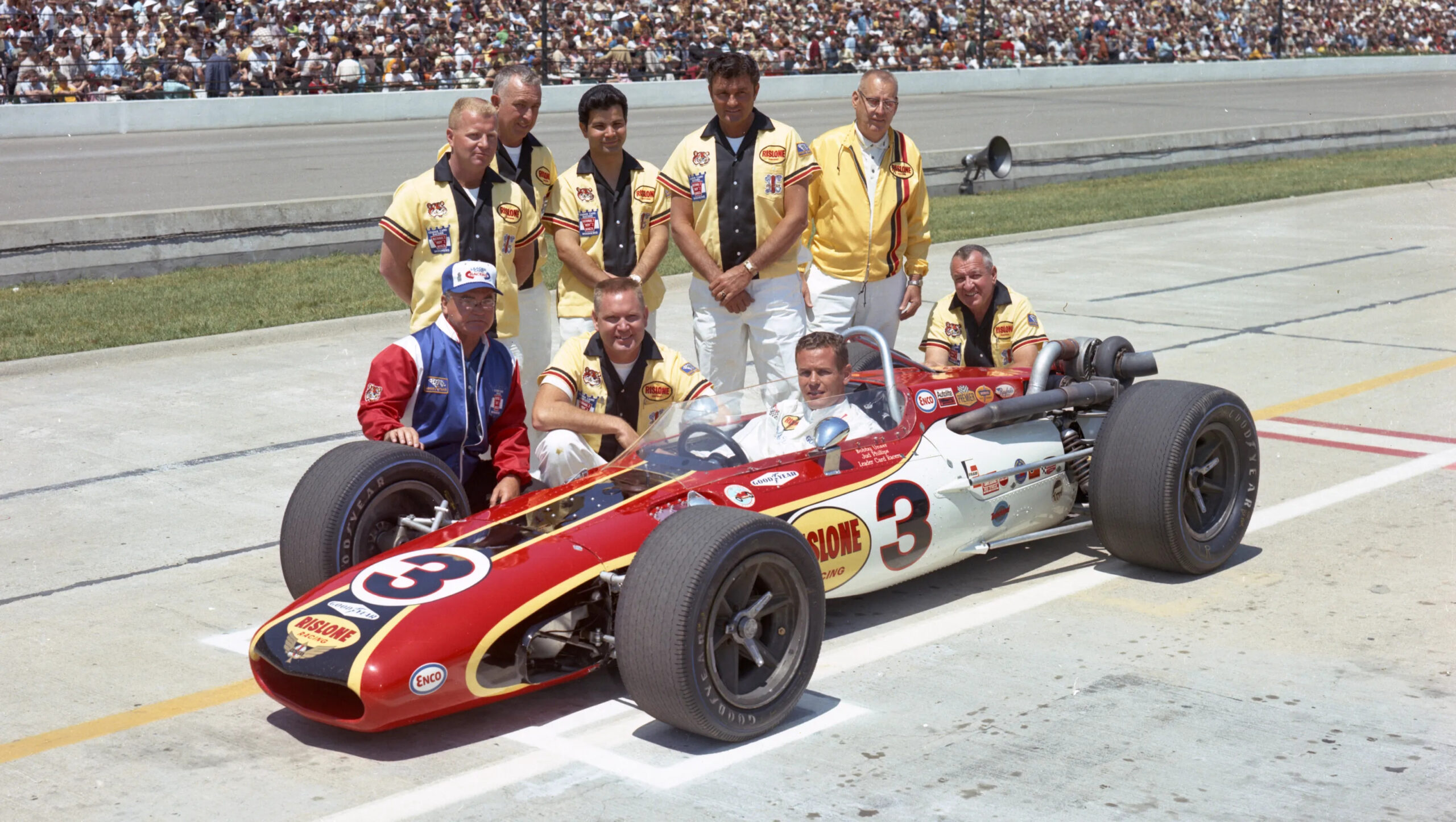Forgotten Legends
Dan Gurney and Eagle F1
Photo credit: AAR All American Racers, Wheelsage
There has always been an American presence in Formula 1, a presence that has become even more important today as the American Liberty Media manages the entire championship. American cars have not had too much luck, however: Lance Reventlow started in 1960 with the very beautiful, high-performance front-engine Scarab, but had the bad luck of arriving just as all the other teams were switching to rear-engine set ups.
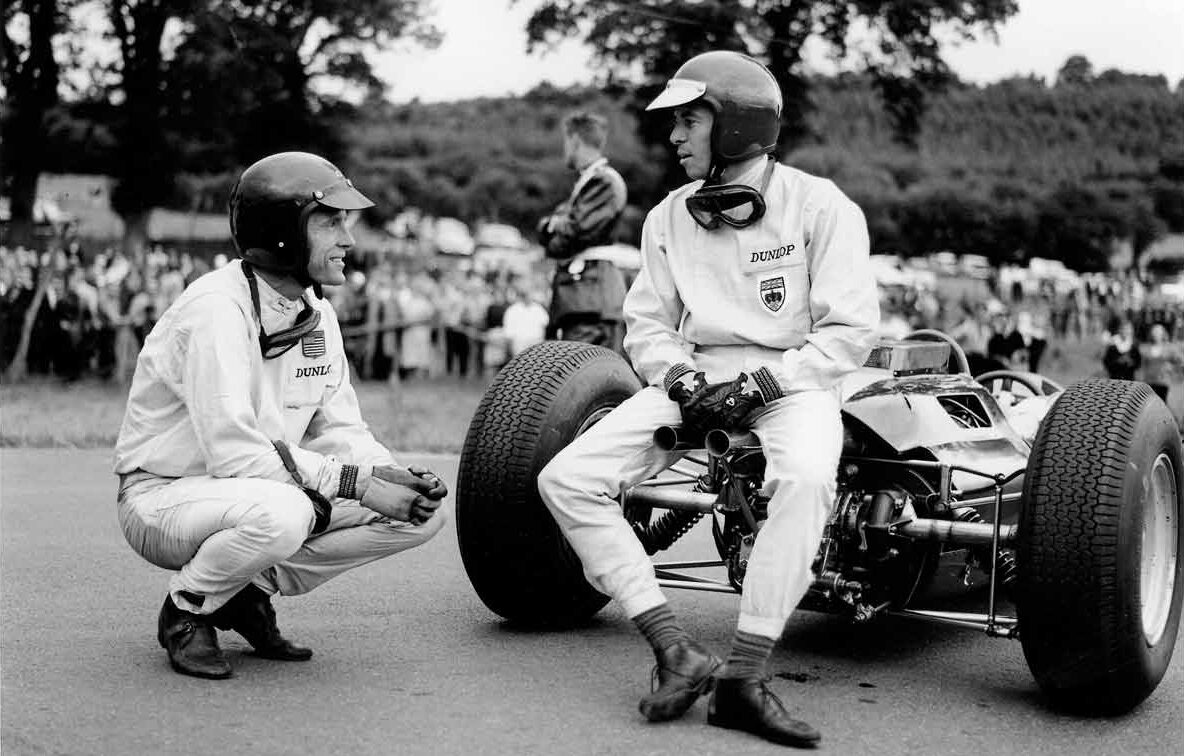
The greatest American presence within the world of Formula 1 was without question Dan Gurney, a famous driver, but also a passionate technician and committed promoter of American racing drivers. So much so that in 1965, together with Carroll Shelby, he founded the AAR – All American Racers.
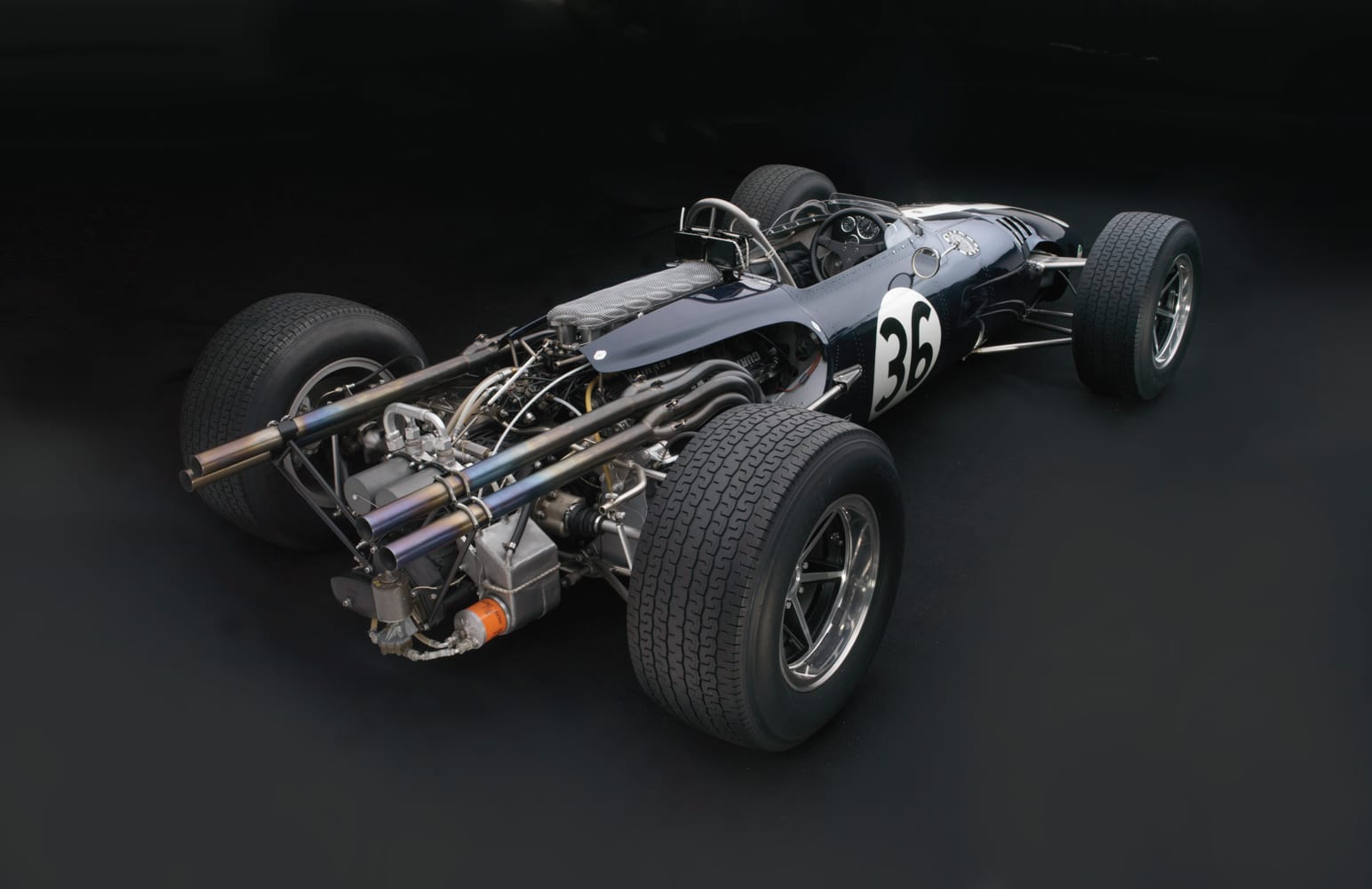
Gurney, who had all the presence of a Hollywood actor and the grit of a true fighter, began his career in Europe, entering through the front door as a Ferrari driver in 1959. Four races in one year, two of which put him on the podium. His journey continued at BRM, then Porsche and then Brabham, years during which he won three Grands Prix. But his goal was always to be an American driver behind the wheel of an American single-seater car. That determination transformed into the Eagle project with the support, among others, of the American tire company, Good Year.
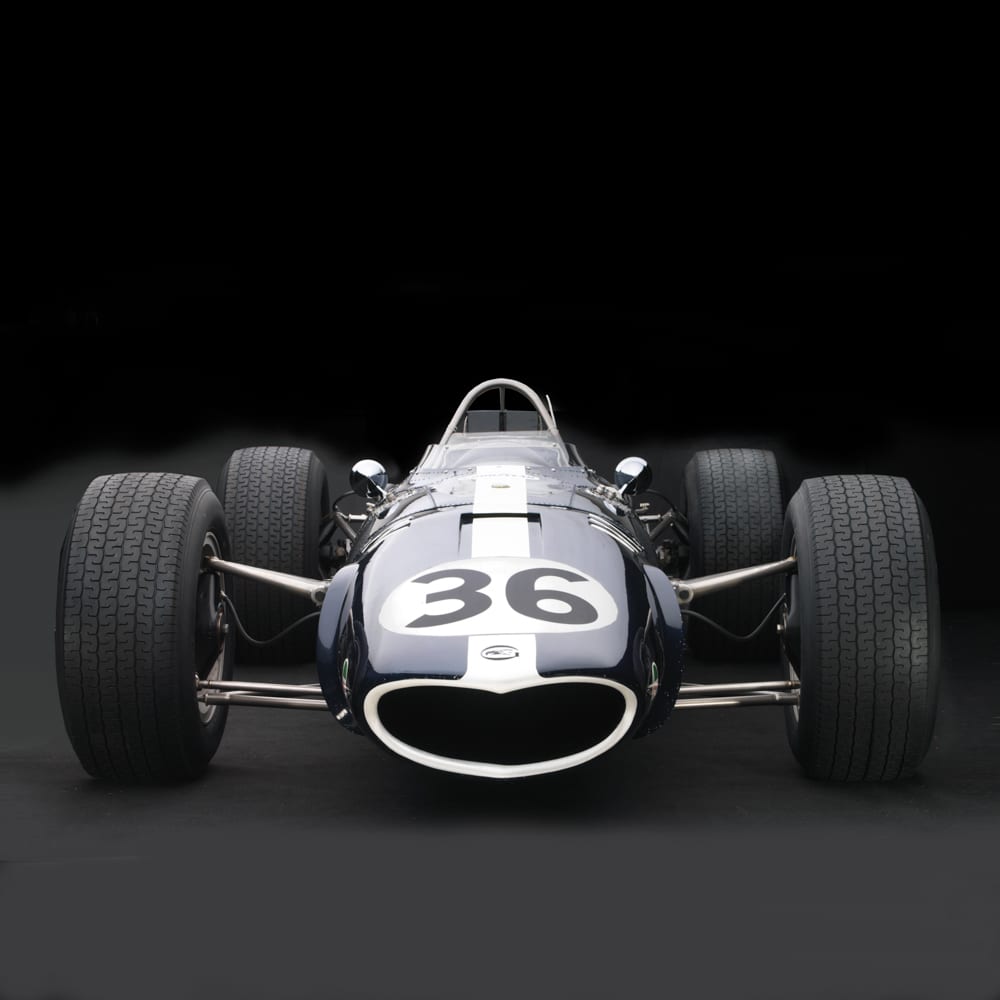
Eagle’s 1966 debut was a hindered by the lack of a competitive engine: the Eagle used a 4-cylinder Climax engine that wasn’t even close to his rivals, but the following year with the V12 Weslake, things changed and in the 1967 Belgian Grand Prix, the American driver Gurney behind the wheel of an American car, the Eagle, won. It was a peak moment for American motor racing and for Gurney too: in a few weeks, in addition to the F1 Belgian Grand Prix, he also triumphed at the 24 Hours of Le Mans with a Ford GT40 Mark IV.
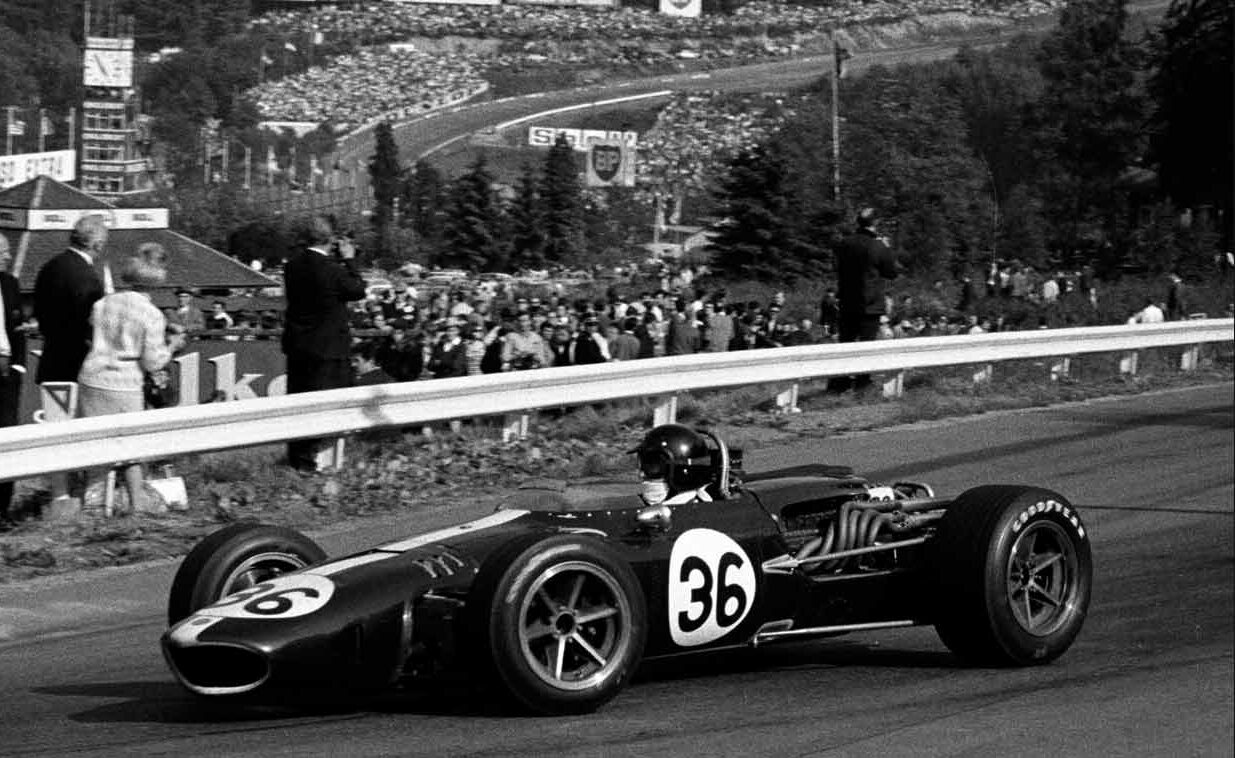
All the premises for additional growth were there, but the sponsorship market in the USA was too oriented towards national races to finance a Formula 1 team, which forced Gurney, with his budget that allowed him to complete in only 5 races, abandoned Formula 1 in 1968 to focus on Indianapolis where Eagle won on three occasions.
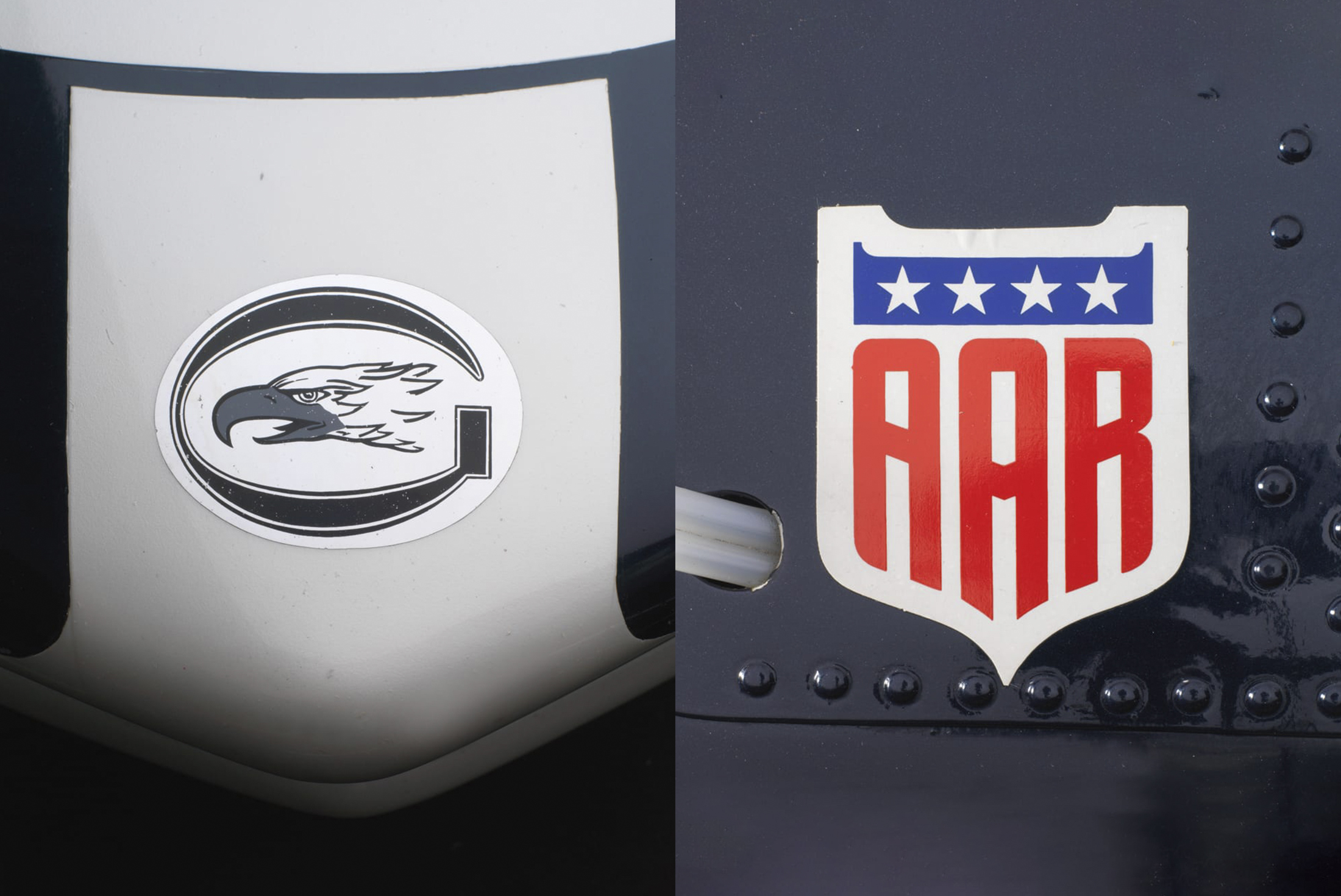
To understand just how attentive this driver was to everything that could improve results, we should remember that it was Eagle who first used a small flap on the wing at Indianapolis to increase downforce, a device that became so important it was called the Gurney flap. And that wasn’t the only first. He was also the first driver to wear a full-face helmet, making the faces of the drivers disappear from European races.
